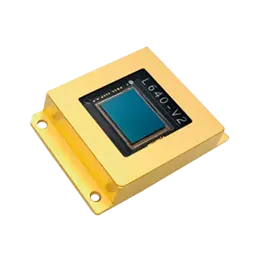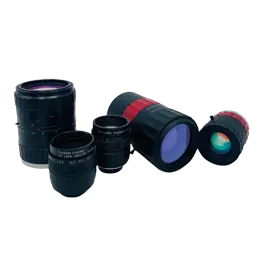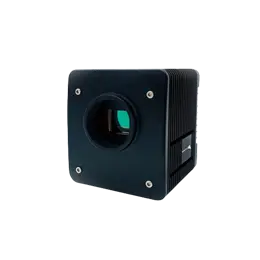Surveillance technology has come a long way in recent years, and one of the key advancements that has revolutionized the industry is InGaAs imaging. InGaAs, short for Indium Gallium Arsenide, is a highly sensitive material that enables the detection of light in the near-infrared spectrum. This unique capability has made InGaAs imaging a game-changer in the field of surveillance, allowing for enhanced visibility, improved image quality, and expanded applications.
InGaAs imaging technology holds great potential for surveillance applications due to its superior sensitivity to near-infrared light. Unlike traditional cameras that rely on visible light, InGaAs cameras can detect and capture images in low-light or completely dark environments. This makes them ideal for a wide range of applications, including nighttime surveillance, border control, perimeter monitoring, and more.
The sensitive nature of InGaAs imaging also enables users to see through certain materials, such as fog, smoke, and even some clothing fabrics. This breakthrough allows for improved situational awareness and identification of potential threats in challenging conditions.
In addition to its ability to operate in low-light environments, InGaAs technology also excels in extreme temperatures and harsh weather conditions. Traditional cameras may struggle to deliver clear images in situations where temperature fluctuations or heavy rain are present. In contrast, InGaAs cameras provide reliable performance regardless of the weather, ensuring uninterrupted surveillance and high-quality images at all times.
Moreover, InGaAs imaging technology offers excellent resolution, allowing for accurate identification and recognition of objects and individuals. This level of detail is crucial in surveillance applications, where the ability to quickly and accurately identify potential threats is of utmost importance.
Thanks to its unique capabilities, InGaAs imaging technology is not only limited to traditional surveillance applications. Its proficiency in low-light conditions has led to its adoption in fields such as aerial mapping, agriculture, spectroscopy, and even medical imaging. InGaAs cameras are now used in numerous research and commercial projects where capturing detailed images in challenging lighting conditions is essential.
Although InGaAs imaging has already made a significant impact on the surveillance industry, ongoing advancements in this technology hold even more exciting possibilities. Researchers are continuously working to improve the sensitivity, resolution, and overall performance of InGaAs camera, pushing the boundaries of what is currently achievable.
As InGaAs imaging becomes more widely adopted, we can expect to see the development of specialized camera systems tailored to specific applications. Additionally, the integration of InGaAs technology with other surveillance systems, such as drones or artificial intelligence algorithms, will further enhance the capabilities of surveillance networks.
In conclusion, InGaAs imaging has transformed the surveillance industry by providing unparalleled visibility in low-light conditions, harsh environments, and challenging situations. Its sensitivity to near-infrared light allows for high-quality images and the detection of objects and individuals that would otherwise go unnoticed. With ongoing advancements and expanding applications, InGaAs technology is undoubtedly continuing to revolutionize the way we view and approach surveillance.



